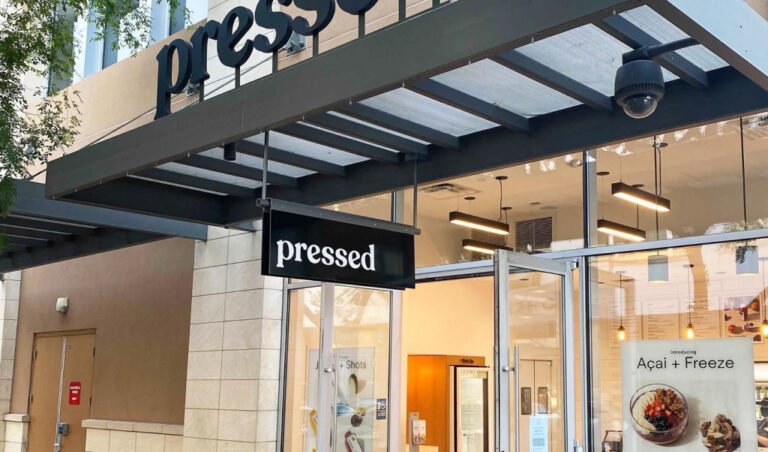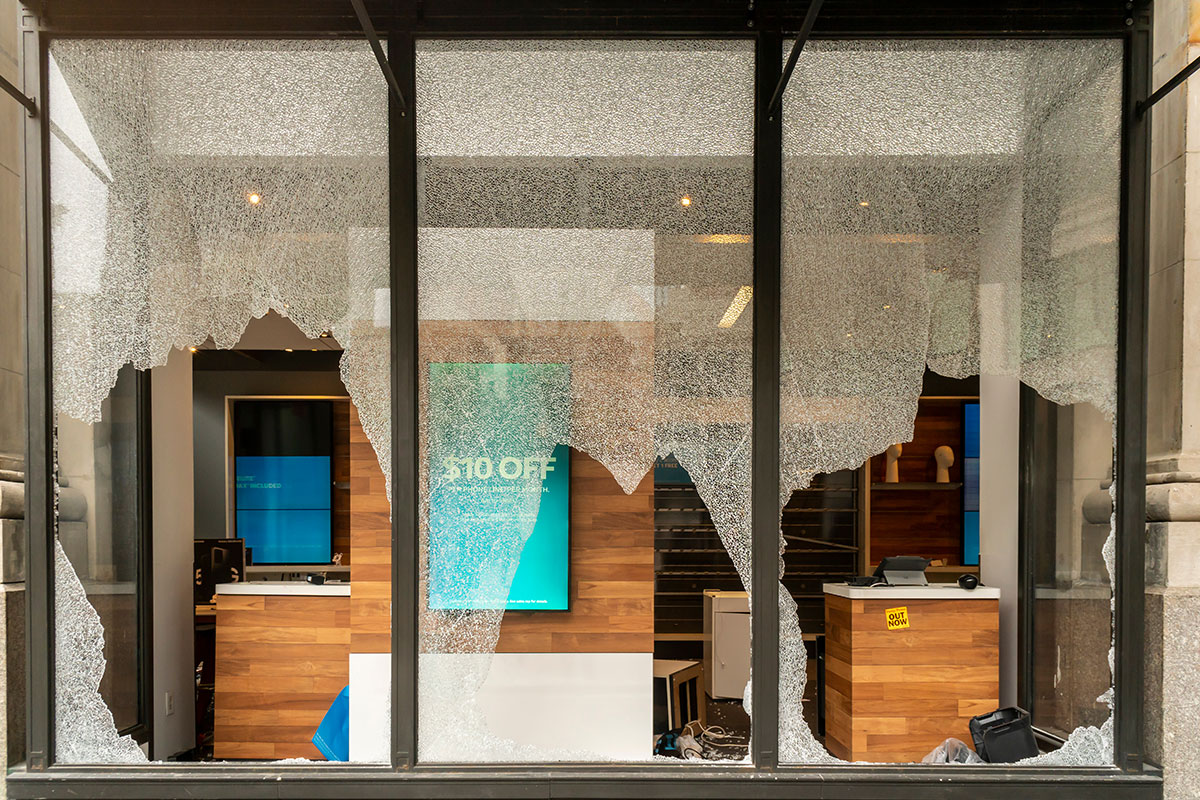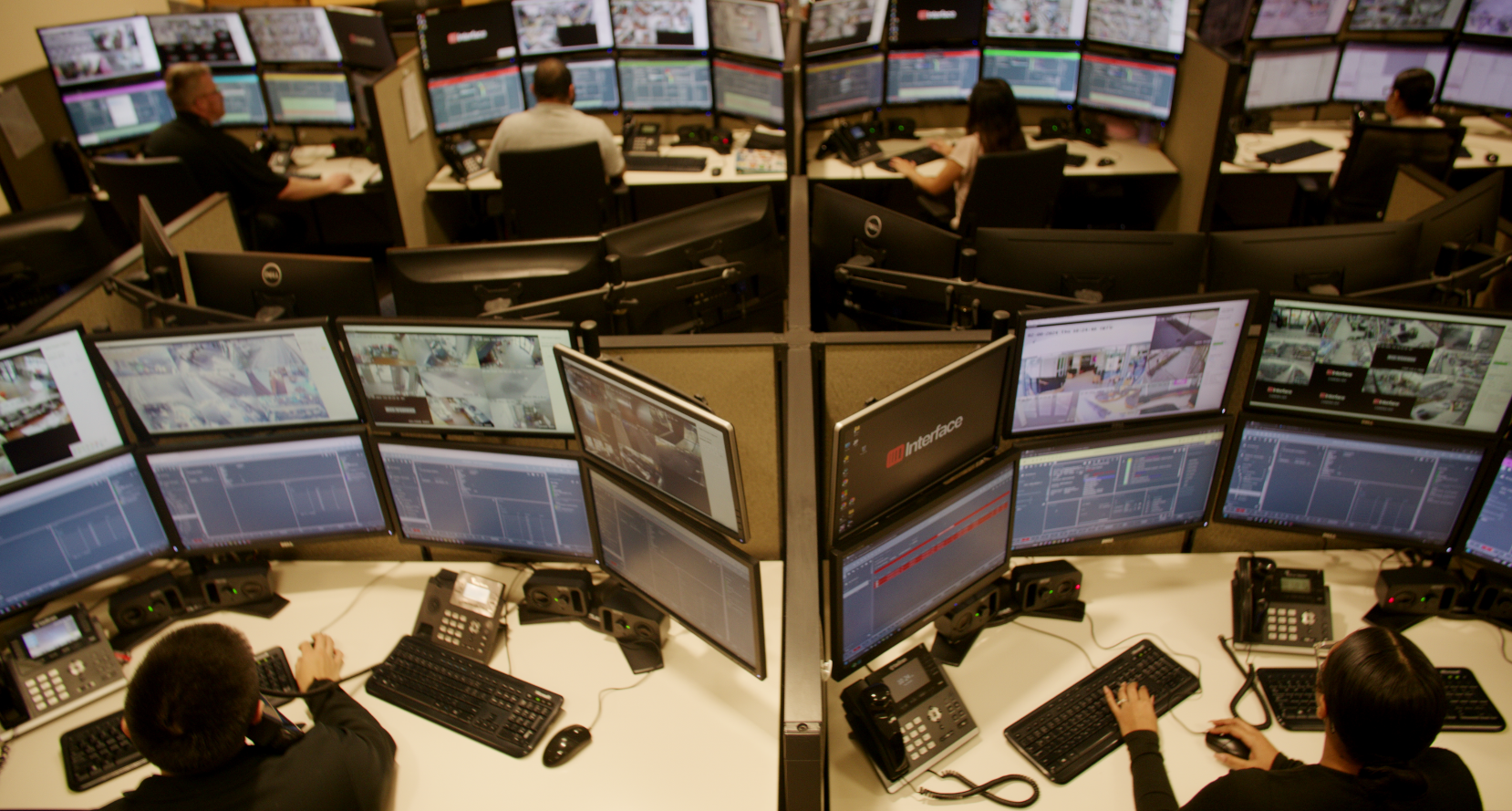Our Business Intelligence Solutions Can Optimize Operations & Increase Revenues
Gain actionable data insights from video cameras, point of sale systems, and security events to reduce shrink, improve employee productivity, ensure compliance, and deliver outstanding customer experiences.
Some of Our Customers







Why You Need Business Intelligence Solutions
Actionable Data from Video Systems Is Out of Reach
Physical Security Solutions Are Underutilized
Uncover Hidden Insights and Maximize ROI from Security Solutions
The Interface suite of business intelligence solutions can uncover operational insights needed to improve employee productivity, minimize shrink, eliminate customer service bottlenecks, and grow revenue.
Understand Customer Behavior
Identify Fraud And Theft
Streamline Investigations
Search and locate video clips easily to speed up investigations and securely share videos with external parties or use them for training.
Audit Performance
Explore Our Business Intelligence Solutions
Video Analytics Solution
- Compare the performance of stores or restaurant locations using live dashboards
- Get real-time insights on occupancy data, customer dwell-time, and movement patterns
- Monitor and track service times inside or outside the store (drive-thru or curbside)
- Optimize merchandising, product placement, and marketing & branding campaigns
- Protect the privacy of customers by dynamically masking customer faces on video
- Easily import video analytics data into in-house or third-party applications
POS Exception Reporting
- Get comprehensive dashboards to view the performance of all locations with drill-downs
- Identify all instances of internal theft, sweethearting, coupon misuse, or cash shortages
- Easily locate receipts, coupons, and associated video recordings in just a few clicks
- Identify top and bottom performing cashiers and locations based on defined KPIs
Video Management System
- Easily search for videos based on tags, objects, facial or clothing features
- Expand cloud video storage and retain historical footage even for delayed liability claims
- Securely share video recordings with external parties or law enforcement
- Proactively monitor the health of devices like cameras and network video recorders
Remote Audits
- Identify instances of safety and hygiene issues
- Monitor compliance with customer service standards
- Identify cash handling loopholes
- Spot security and regulatory compliance gaps
Make Data Work for Your Enterprise
Related Case Studies

BRIX Holdings

Pressed
Latest Updates and Insights

7 Strategies to Prevent Employee Theft in Restaurants

Retail Vandalism and Smash-and-Grab: What We Know about Retail Perimeter Security

Video Monitoring Use Cases
Frequently Asked Questions
One approach is to use a video encoder or a video capture card that can convert analog video signals into digital formats that can be transmitted over IP networks. These devices typically have inputs for analog cameras and outputs for network connections, allowing them to stream video data to a VMS or other 3rd party applications.
Another approach is to use a hybrid video recorder (HVR) that can capture both analog and IP-based video streams and store them on a local or remote storage device. HVRs typically have built-in encoders and decoders that can process both analog and digital video signals, as well as software interfaces that can integrate with VMS or other applications.
In either case, the video data can be transmitted over wired or wireless networks using standard network protocols such as TCP/IP, UDP, and RTSP. The data can be encrypted for security purposes and can be optimized for efficient transmission and storage using compression techniques such as H.264, H.265, or MPEG-4.
The VMS or other 3rd party applications can then use APIs or software development kits (SDKs) to access the video data and perform various functions such as video playback, recording, analysis, and notification. The integration can also include metadata such as camera location, time stamps, and event triggers, allowing the applications to provide additional context and insights into the video data.